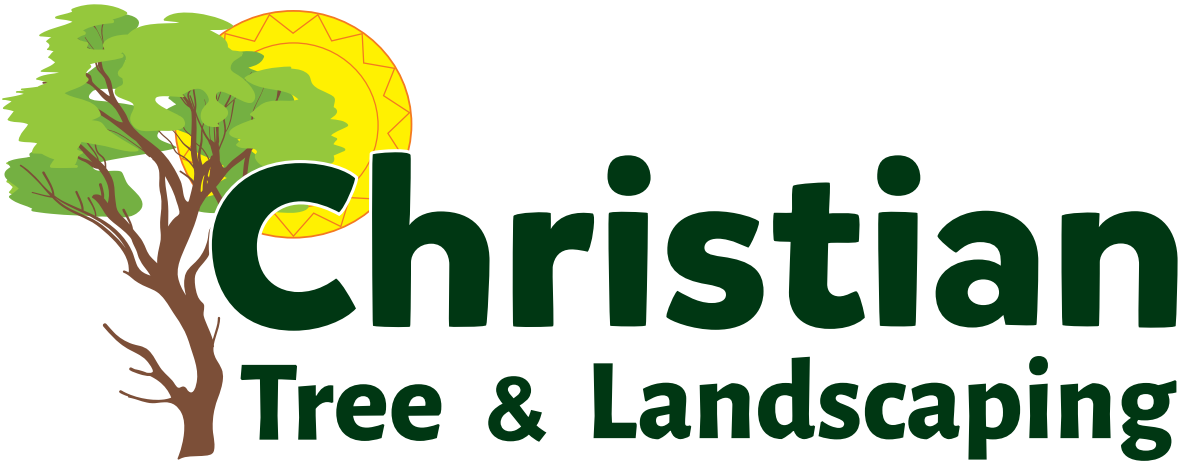August 25, 2025
The trees surrounding our homes and businesses are more than just decorative elements—they play a critical role in improving air quality, providing shade, and enhancing property value. Yet, there are situations when trees become a liability rather than an asset. Understanding when it’s necessary to call a professional for tree removal can prevent property damage, ensure safety, and protect your investment. This guide explains the signs that indicate tree removal may be needed and provides practical advice for homeowners considering this important service.
1. Visible Signs of Tree Disease
One of the clearest indicators that a tree may need to be removed is the presence of disease. Fungal growths, such as mushrooms at the base or unusual bark formations, often signal internal decay. When a tree exhibits these symptoms, structural failure can occur without warning. Professional local tree removal services can address diseased trees safely, preventing harm to surrounding plants and structures.
Discolored or wilting leaves are another warning sign. Trees typically have consistent foliage patterns throughout the growing season. When leaves turn yellow, brown, or show unusual spots or streaks, this can indicate nutrient deficiencies, bacterial infections, or pest infestations. Prompt inspection by a tree care professional can determine whether treatment is possible or if removal is the safest option.
Pest infestations, such as beetles or borers, often target stressed or weakened trees. Infested trees not only deteriorate faster but can also pose a risk to neighboring vegetation. Professional assessment and removal prevent the spread of pests to healthy trees and minimize ecological damage within your landscape.
Subtle signs of disease should not be ignored. Thinning canopies, uneven growth, or premature leaf drop can indicate internal issues that are not immediately visible. Soil conditions, including poor drainage, compaction, or contamination, can also contribute to tree stress. Homeowners should monitor trees regularly and consult experts for early intervention to reduce the likelihood of hazardous outcomes.
2. Structural Damage and Stability Concerns
The structural integrity of a tree is a vital factor in determining whether it should remain on your property. Cracks, splits, or cavities in the trunk indicate instability, which can increase the risk of the tree falling during storms or high winds. Consulting professional local tree removal services ensures that compromised trees are handled safely.
Leaning trees may signal root damage or soil erosion, particularly when the angle of lean changes over time. Trees that appear stable one year may become hazardous the next. Evaluating root systems, soil conditions, and overall tree posture is essential for determining whether removal is necessary to prevent accidents.
Branch attachments are another key consideration. Limbs with narrow angles or uneven weight distribution are prone to breakage. While selective pruning can reduce minor risks, trees with severely compromised branch structures often require removal. Maintaining tree safety is especially important near homes, walkways, or play areas, where falling limbs could cause serious injuries or property damage.
It’s also essential to consider the species and age of the tree. Certain species are naturally brittle or prone to decay, and older trees can develop hidden weaknesses over time. By combining professional assessment with preventive care, homeowners can make informed decisions about tree removal before emergencies arise.
3. Proximity and Risk to Structures
Trees that grow too close to buildings, driveways, or other structures can pose serious risks. Overhanging branches may damage roofs, windows, siding, or outdoor equipment, especially during storms. Consulting a professional local tree removal service can prevent these hazards and protect your property from costly repairs.
Tree roots are another concern. Roots can infiltrate foundations, crack concrete, or disrupt underground utilities. Even when roots are not immediately visible, they can exert significant pressure beneath the surface. Early evaluation by a professional ensures that root-related damage is mitigated before it escalates.
Trees near power lines present a dual hazard of physical obstruction and fire risk. Branches contacting electrical wires can cause outages, sparks, or fires. Professional local tree removal ensures that these trees are addressed safely and in compliance with utility regulations, protecting both residents and the surrounding community.
Planning tree placement during landscaping or construction projects is essential for long-term safety. Selecting species with non-invasive root systems and appropriate spacing can prevent future hazards. However, for existing landscapes where trees pose immediate risks, timely removal is the safest course of action.
4. Storm Damage and Weather Impact
Severe weather can compromise even healthy trees. Broken limbs, split trunks, and uprooted trees are common consequences of storms, heavy snow, or ice accumulation. Trees that have suffered damage may become unstable and hazardous. Professional local tree removal services can promptly address these risks, reducing the likelihood of further damage to property or injury to people.
Lightning strikes can also pose hidden dangers. Trees struck by lightning may appear superficially unharmed while sustaining internal damage. Over time, weakened structures can fail unexpectedly. Consulting tree care professionals after lightning events ensures proper assessment and safe removal when necessary.
Repeated exposure to extreme weather may gradually weaken trees. High winds, heavy rain, and ice accumulation can exacerbate existing structural issues. Routine inspection and preventive pruning can minimize risks, but trees showing persistent weakness often require removal to maintain safety. Homeowners in storm-prone regions should consider seasonal evaluations by certified arborists.
Preventative strategies, including cabling, bracing, and pruning, can extend the life of some trees, but when structural compromise is severe, removal remains the safest and most responsible decision. Timely intervention protects both your property and your community from potentially dangerous situations.
5. Landscape and Aesthetic Reasons
Tree removal is not always about hazards; sometimes aesthetic considerations and landscape health drive the decision. Overcrowded trees compete for sunlight, water, and nutrients, weakening each other over time. Removing select trees can enhance the vitality of the remaining vegetation and create a more harmonious outdoor environment.
Trees that block scenic views or dominate an area can detract from property appeal. Removing these trees opens up sightlines and allows sunlight to reach lower-level plants, gardens, or lawn areas. Healthy, well-spaced trees also improve air circulation, reducing the risk of fungal diseases and promoting overall landscape health.
According to TreePeople, positioning three trees thoughtfully around a single-family home can reduce summer cooling costs by as much as half. Incorporating this knowledge into your landscape planning helps homeowners maximize energy efficiency while maintaining aesthetic balance. In cases where tree placement conflicts with new construction or desired landscape design, professional removal helps maintain visual cohesion and practical functionality.
Long-term landscaping goals often involve balancing beauty, safety, and sustainability. Professional assessment ensures that removal decisions support these objectives while preserving the health of the property’s remaining trees and vegetation. By removing select trees, homeowners can create space for new plantings, pathways, or recreational areas, contributing to both aesthetic appeal and functional outdoor living.
6. Safety Concerns and Liability Issues
Beyond immediate hazards, trees can pose liability risks. Falling branches or unstable trees threaten not only property but also visitors, pedestrians, and family members. Timely professional assessment and removal reduce these risks and ensure compliance with local safety regulations.
Obstructions caused by trees, such as blocked driveways or walkways, may hinder emergency access or daily movement. Removal clears paths, enhances accessibility, and minimizes the potential for accidents. Proactive management of these risks demonstrates responsible property ownership.
Certain species may also present health risks due to poisonous sap, allergenic pollen, or other harmful properties. Addressing these trees through professional removal protects residents’ health and ensures a safe, enjoyable outdoor environment. Maintaining an overall strategy for tree health, placement, and risk assessment is essential for long-term property safety and peace of mind.
Finally, trees can impact broader ecological health. Diseased or infested trees may spread problems to neighboring vegetation or wildlife habitats. Removing compromised trees safeguards the local ecosystem, supporting sustainable growth and preventing cascading issues within the landscape.
Recognizing the signs that it’s time to call local tree removal services can save property owners from costly repairs, personal injury, and unsightly landscapes. From disease and structural concerns to storm damage and aesthetic needs, proactive intervention ensures safety, property preservation, and environmental stewardship.
Consulting professional tree care specialists guarantees that trees are removed safely and efficiently, allowing homeowners to maintain a beautiful, healthy, and secure outdoor space. For expert local tree service across Fairfield, New Haven, and Litchfield counties in Connecticut, contact Christian Tree Service LLC for comprehensive tree care and landscaping solutions tailored to your property’s unique needs.




